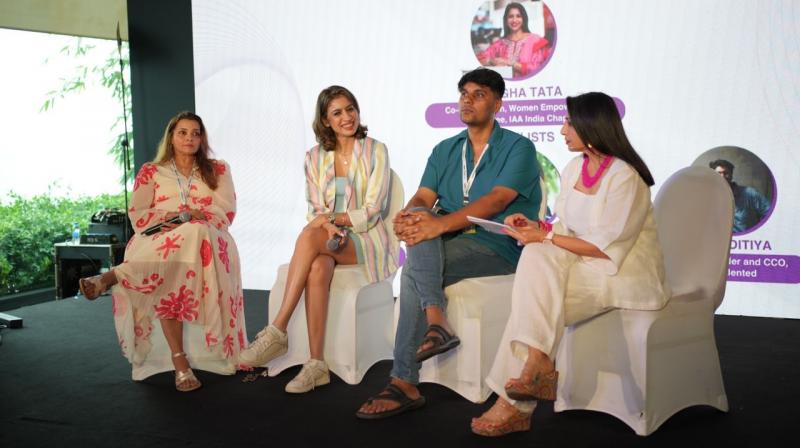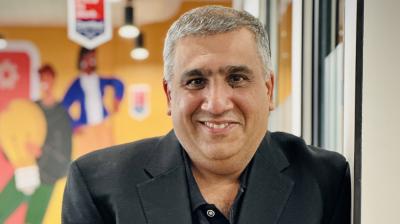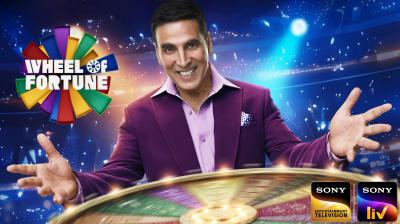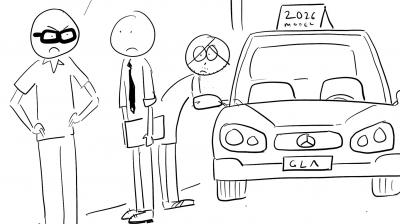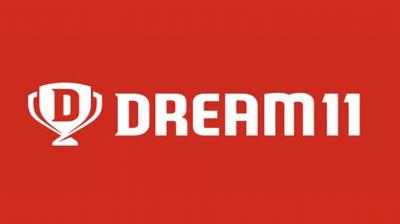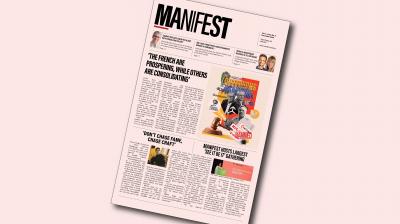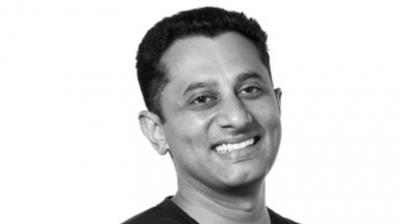What are the biases grappling the advertising industry? How can we influence the creative community to be more inclusive? What steps can the advertising industry take to be more accepting?
These were the key questions discussed during the session, ‘Beyond pink and blue - gender conscious creativity in the dynamic landscape,’ on the second day of Goafest 2025.
Moderated by Megha Tata, strategic advisor and independent director, the panel comprised Darshana Shah, CMO, Aditya Birla Capital; Rubeena Singh, managing director - India, NP Digital; and PG Aditiya, co-founder and CCO, Talented.
Kicking off the discussion, Aditiya shared how easy a conversation is when a campaign directly addresses gender and bias but becomes difficult when the message has to be implicit.
He said, “I think it is relatively easier to do work which is around the topic of gender. The harder one is when one is not necessarily trying to tackle a topic of gender, but unconscious gender biases and beliefs come out of the work. It could be a film that's trying to sell something else altogether, but the unconscious gender part is where a large part of the stereotyping comes from. It is the job of everyone around to be constructive allies as much as possible and not cheerleaders from the side, because it needs more than that.”
Acknowledging the prevailing patriarchy in society, Shah highlighted how the bias starts very early on.
She noted, “Culturally, we are a patriarchal society. The bias starts in the school itself when we are teaching children about the people in different professional services. Teachers and doctors are where one will have more female faces, otherwise primarily male faces in all other services. It starts there with what kind of jobs a gender should be doing. That’s a culture that gets reflected in advertising.”
Citing an example of retail advertising, she added that earlier everything about grocery retail was ‘she.’
Shah said, “Look at any of the retail advertising, when it comes to grocery, by and large you will see either family or ‘smart’ women, in the advertising. We have made women smart only in that area. We have stereotyped and made her smart but only in that area. It is just the unconscious bias that women are nurturers and males are providers, even if the roles have shifted.”
Building more on the stereotypes, Shah also talked about how bias is so deep-rooted that it has made its way to the AI models.
“The way large AI models have stereotyped India is not funny. Every time you put a prompt for a smart Indian woman, 40 and below, what comes up is not even funny. Brown skin first, because it’s Indian. Secondly, one gets images of women wearing tights and a crop top with a small bindi or a nose ring because that’s how they have identified the Indian diaspora. And the moment you put on a 45-year-old mother, you will get a result with a woman wearing a saree.”
Lending a consumer perspective to the conversation, Singh observed, “Fortunately, things are better from a consumer point of view in digital media. Gen Z have a very different outlook on the way they look at gender. It's not just binary today for them. It's not male or female. They identify themselves differently and make their choices differently, whether it's their professions, their lifestyles, the clothes they're wearing or their sexual orientation. Today, these are not conversations which are just happening behind the door. They talk about it in their schools and as dinner table conversations with their parents. I'm sure very soon it's going to happen at the workplaces as well.”
Underlining the struggles that the ecosystem is going through, Singh asserted, “On the media decision-makers side, we are struggling because unfortunately most of them are still the 45-year-olds who are not very exposed to what is happening at the grassroots level with the younger generation who are having a voice and getting into the workforce. I don't think they are ready to make that change. And that's where I think we, as an agency, struggle.”
On how one can bring a change, Aditiya said, “It's really boring to sell things the same way we used to sell them. I feel it’s impossible to do this if one doesn't feel the issue at a personal level and doesn’t feel that it is something that affects them as a human being. Do not just look at it as a work thing and do it just because the community says diversity is better for business. That is a dangerous idea because what if one day it's not better for business, do you stop? Do you suddenly become some all-male organisation from the 50s?”
He further added, “As creative people, we're supposed to be excited by new things, which is where creative progress overall comes from. One has to internalise this as the better, more exciting way to write and think. The best creative writers in advertising in the '60s and '70s, especially from America, were renowned misogynists and their misogyny showed in their writing. Look at any Chivas Regal ad, you can literally take frames and paragraphs out from there where misogyny is staring at one’s face.”
Building on Aditiya’s viewpoint, Singh stated, “One should see if there is enough representation in their creative team. What a man can write or what a woman can write, is different. They are from Mars and Venus. So, if you want the different insights, you will need to have diversity in the team.”
“Work on the data sets which are available now. The data sets that have been available since the inception of the Internet, which was decades ago, are old. We cannot go back in history and change that data set. What we can do is be more conscious and accepting right now. We can start thinking in a more gender-neutral way, whether we're looking at ideas or targeting. Consumers want more gender-neutral conversations. They want to see more content like that. I would just encourage everyone to not think of it as men versus women. Consumers do not like the fact that we still objectify women six times more than men," she added.

.jpg)
